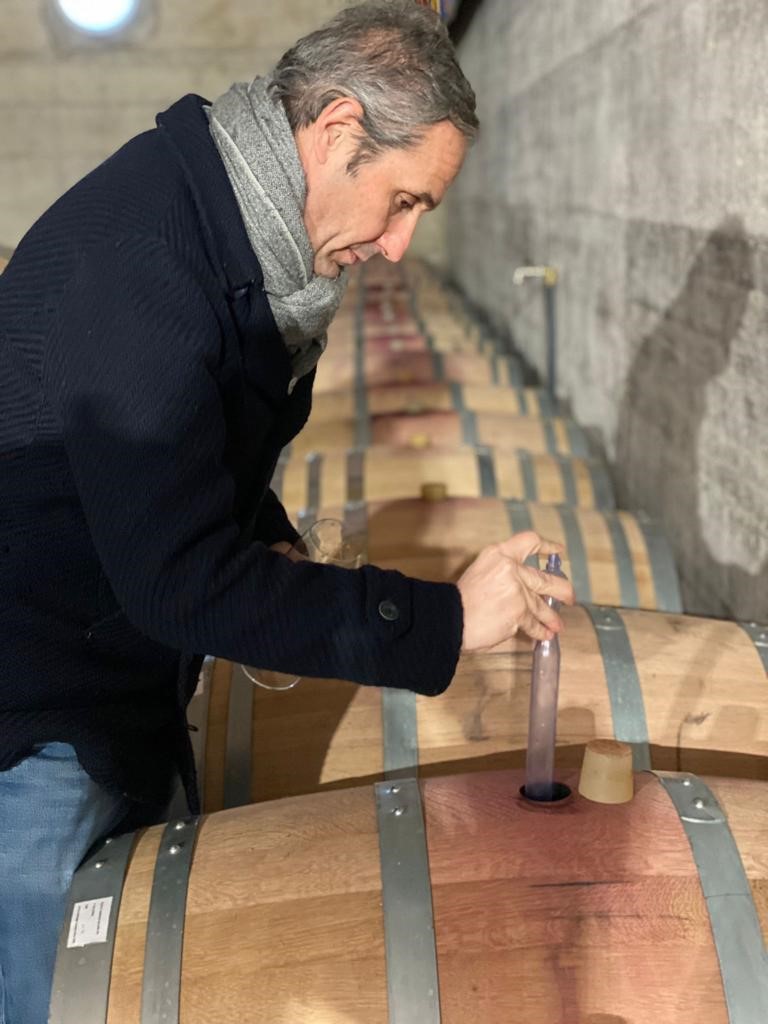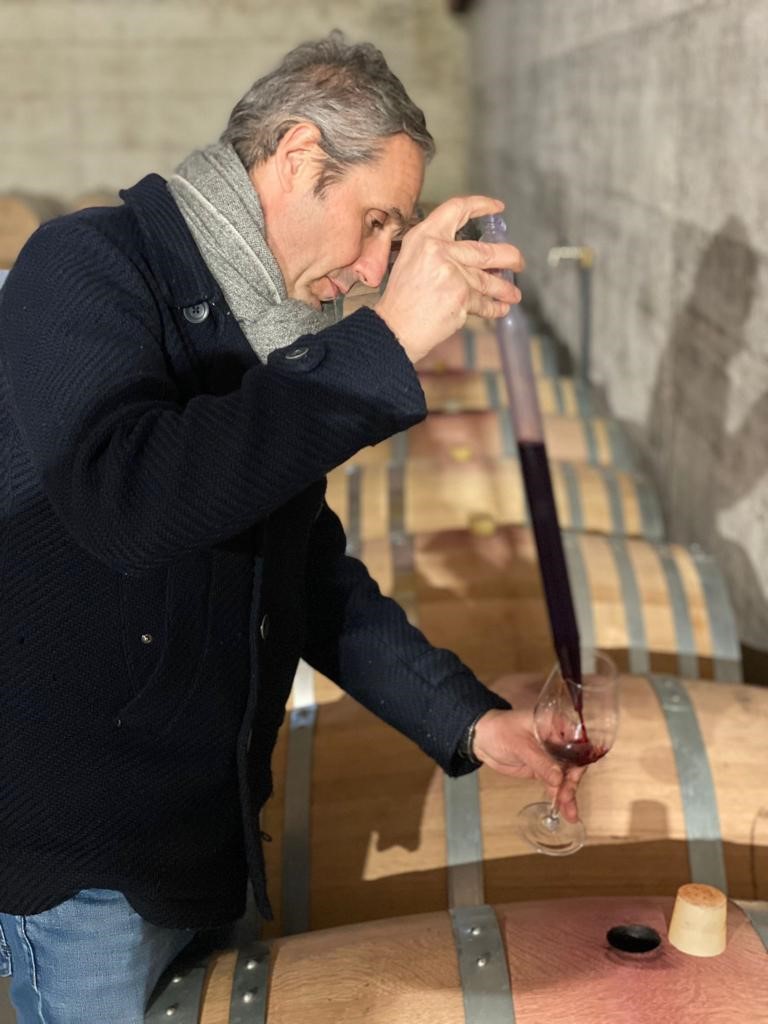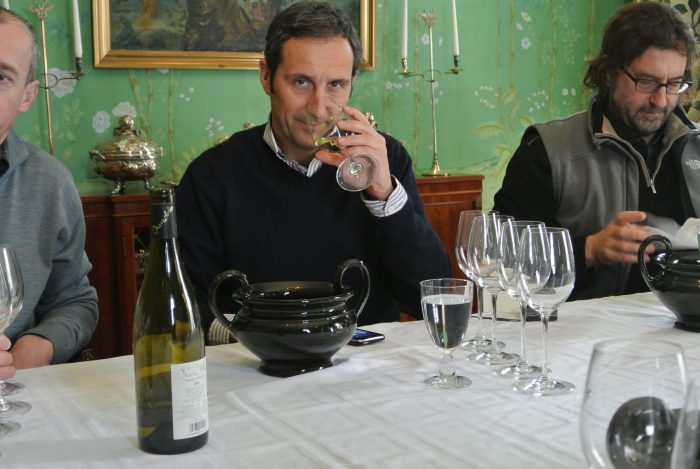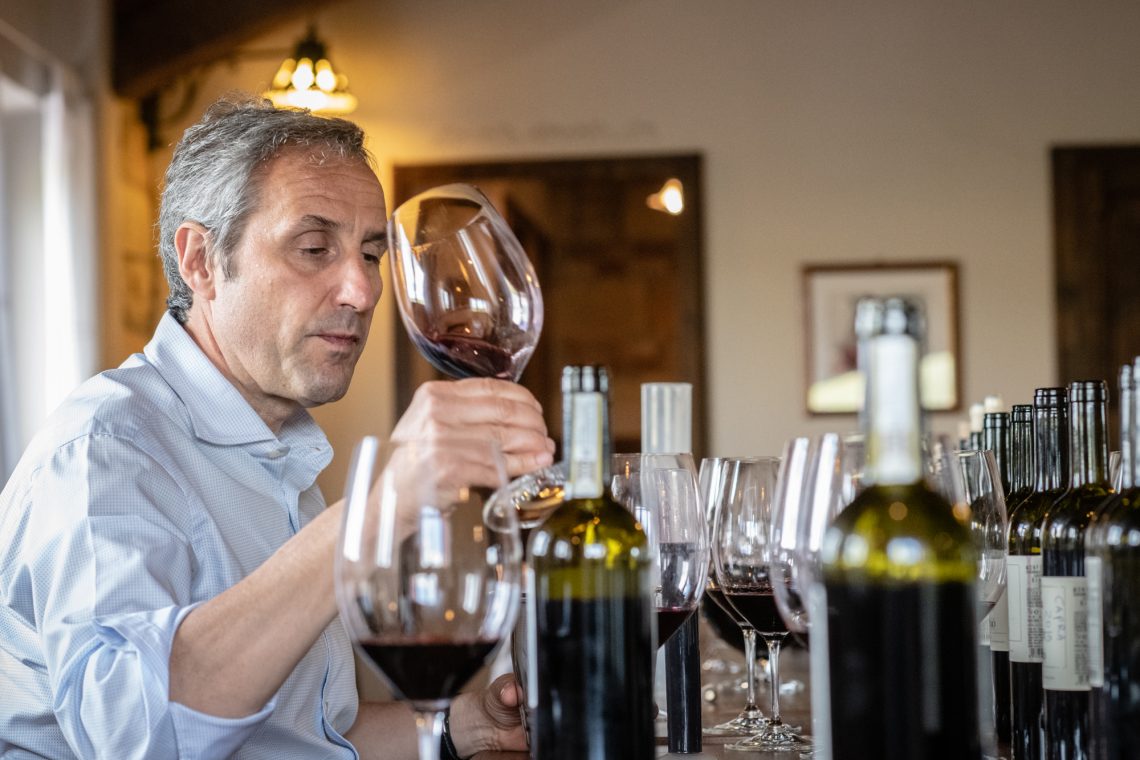The Wolf Post, supported by a Cultural Association, offers a professional service with free access, without subscription.
For this reason, a donation would also be a sign of appreciation for our work.
The oenologist is one of those professions whose work in detail is still little known to the average user. Fascinating figure for many, “mysterious” for some, in the collective imagination the winemaker “makes wine” but few know his “seasons” and how, in practice, this work is carried out, which increasingly attracts new generations.
Let’s find out how the days are marked in the various seasons with some leading Italian winemakers, like Mario Ronco.

© Mario Ronco Enologo
For the non experts, the oenologist would work mainly in the autumn and, sporadically, during the year. Those who work in the world of wine know that this is not the case. There are seasons that are more intense than others, but the winemaker, in addition to needing updates for his professional growth, works throughout the year to be then prepared for crucial periods. Let’s start from winter to get to spring: how does your work fit in these two seasons?
The alcoholic and malo-lactic fermentations end with the autumn, therefore the time for important decisions comes with winter. The tasting of new wines to decide their placement within the company positioning and the destiny of each batch is a crucial moment. In the case of crus, each vineyard follows its own path but as regards the vins du terroir or other types, it is necessary to decide what the fate of each tank will be. We have to prepare and define the future for each batch of wine in the cellar, to establish whether and what to allocate for bottling in the coming months and what to entrust to the wood for longer aging.
Spring brings with it a moment of work that is certainly equally important but decidedly less hectic and, fortunately, programmable. it is the time in which the wines in aging are checked, the woods, sometimes one by one, their evolution is evaluated and quality, every inventory in the cellar is tasted and analyzed and, at the same time, the bottling of the vintage wines begins. In Spring, tirages are prepared for the classic method sparkling wines and often the disgorging of those of previous years is now ready for release for consumption. This is also the season to think about any restructuring of the vineyards, or evaluation of the wood for the next harvest.

© Mario Ronco Enologo
What pitfalls does summer reveal for an oenologist and what is the work to be done in this season, especially with climate change underway for some time?
Summer means above all following the evolution of the vintage in the vineyard, preparing the harvest which, in my case, always begins very early, in Sicily already in early August. Climate change, which for us means raising average temperatures and prolonged drought phenomena, brings an anticipation of the phenological phases of the vine, therefore it anticipates the ripening especially of early varieties and grapes destined for sparkling base wines also in Northern Italy. We are observing an increasing number of situations where it is necessary to collect even before August 15th.

© Mario Ronco Enologo
Finally, autumn, harvest time and more. For wine lovers it is the wine season par excellence. Hard work for the winemaker that takes place before, during and after the harvest, even “behind the scenes”. How is the work scheduled in this season?
In my case, the grape harvesting period lasts about three months: when in some places it is finished and we think of topping up and malolactic fermentation, in others we are still thinking about the harvest date. A very tiring period, you work seven days a week for many hours every day, however, it is always very exciting and different every year. In the harvest/fermentation period the work is very intense and requires clarity and attention to the vintage and what it proposes, the choices must be able to be changed instantly, the weather guides us, if you want to get the most out of a vintage. you must always know how to harvest at the right time. Scheduling the work during the harvest is very difficult, the checks of the fermenting tanks are almost daily, the scheduling of grape harvesting is complex, and decisions can often be guided by weather forecasts.
It is always important to know that to make great wines, perfectly ripe grapes are needed, this involves knowledge of one’s vineyards, company resources and a small dose of calculated risk.








